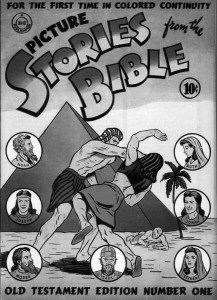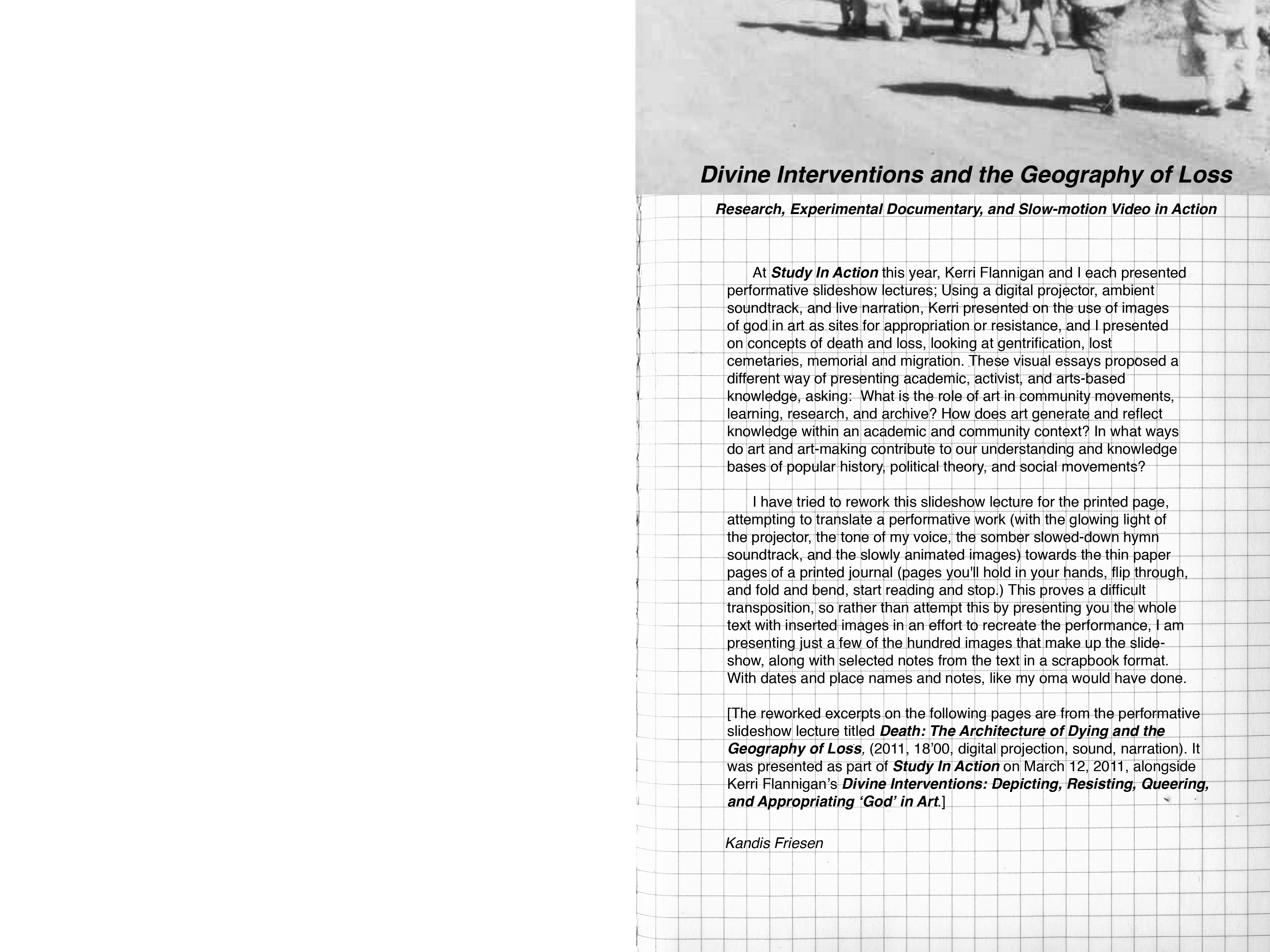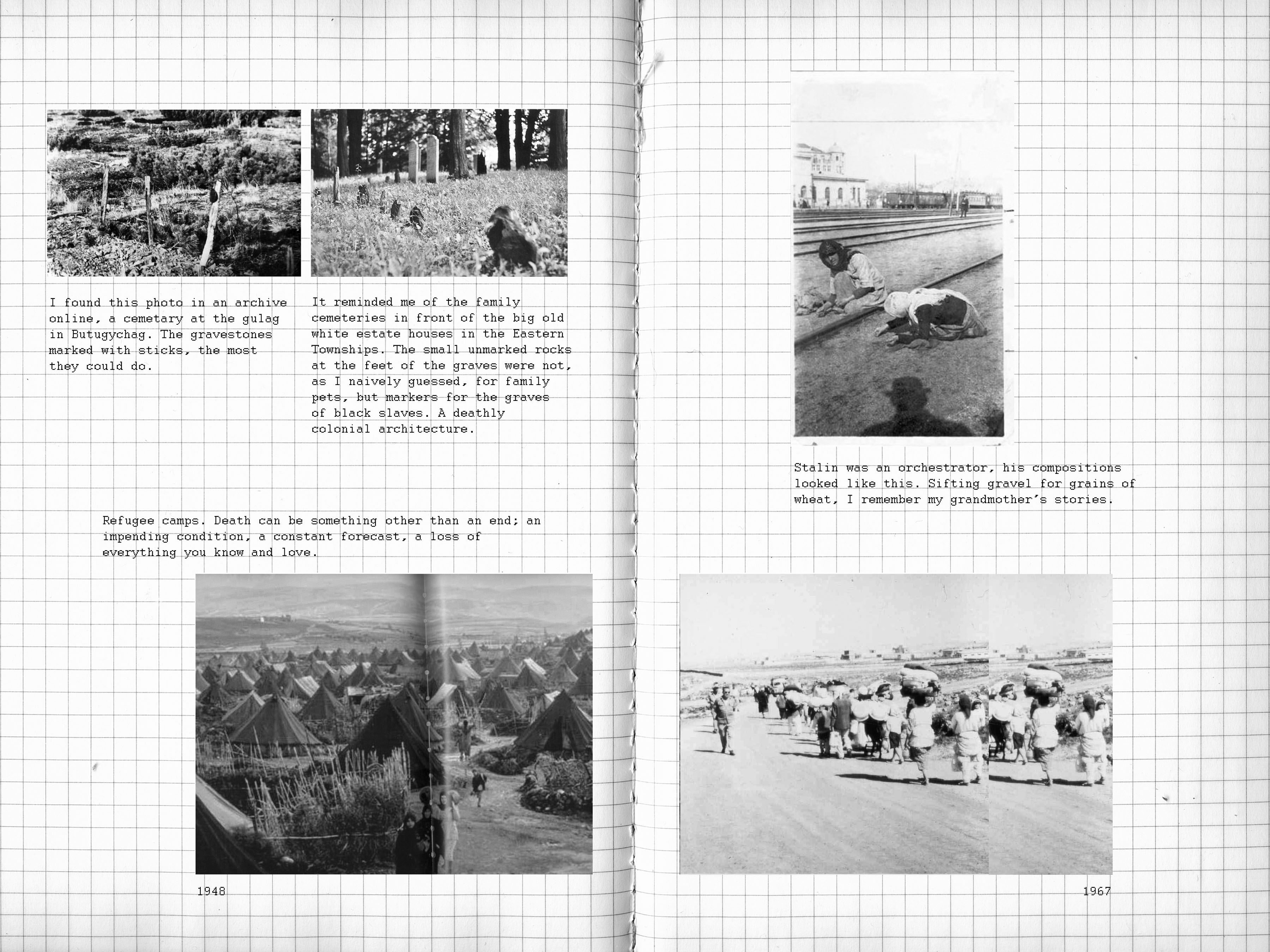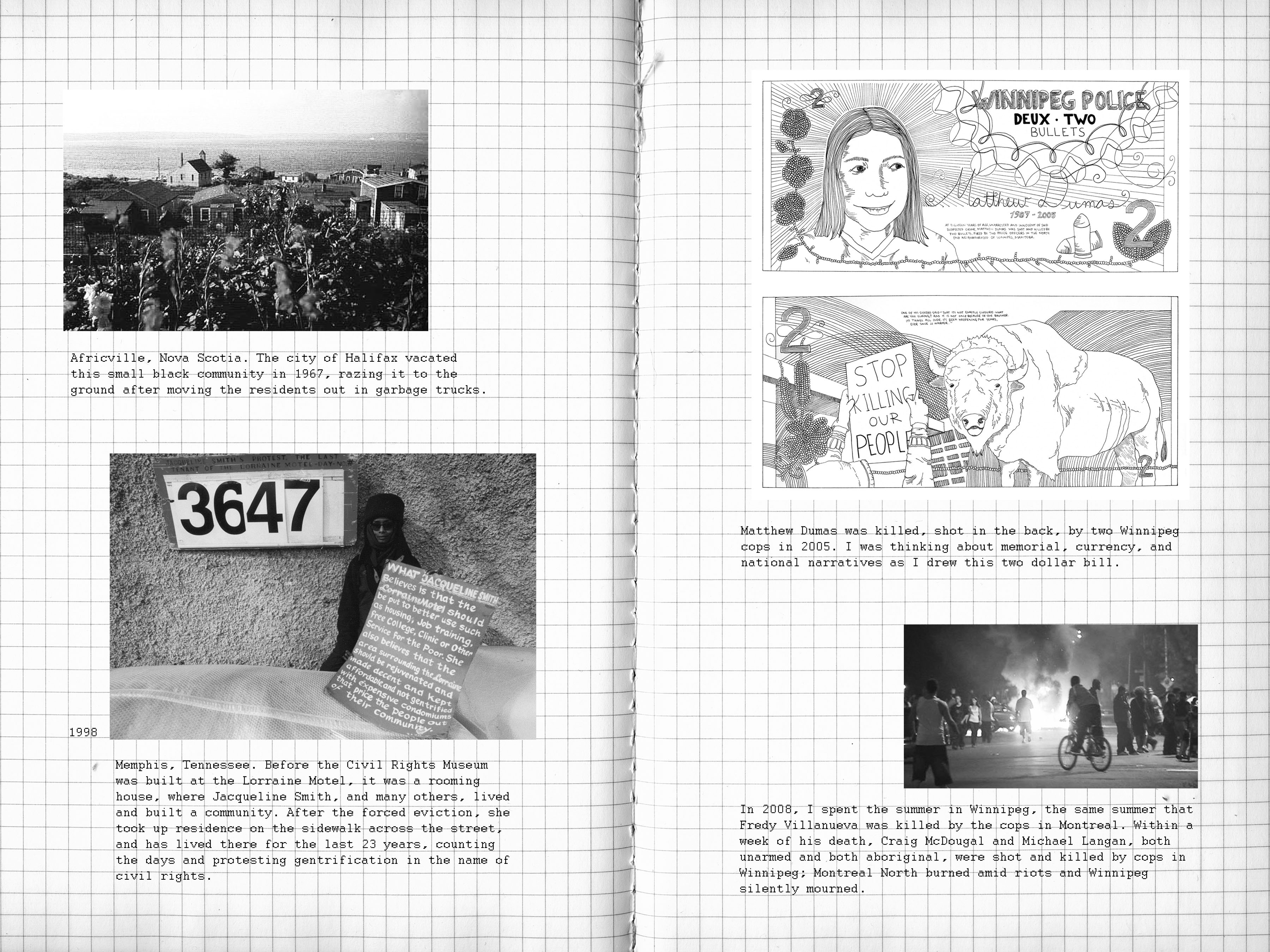–Allison Happ and Sharon Cromwell
By Siji Kompanal,
Coordinator of the Community-University Research Exchange (CURE)
at Concordia University
The following interview was conducted by Siji Kompanal for a panel presentation on community-based social justice research at the 2011 Study in Action Undergraduate and Community Research Conference. The interviewees: Allison Happ and Sharon Cromwell, students at McGill University, are both Community-University Research Exchange (CURE) student researchers who have worked extensively at the Jobra Centre since September of 2010.
The Jobra Centre is located in Parc-Extension, a working class and immigrant neighborhood of Montreal. The centre was founded as response to the lack of support services for newly landed and existing immigrant members of the community. The Centre states that its mission is to promote social entrepreneurship, self-employment, and to empower unemployed immigrant communities. It also seeks to relieve poverty through micro-credit tools that facilitate participation in income generating activities.
The center has sought to accomplish its mission by founding a social business enterprise, the Jobra Coop Laundromat, and through the implementation of community development workshops with a focus on women’s empowerment. The name Jobra takes after the village of Jobra, Bangladesh; where the Grameen Bank Project, a successful micro-credit initiative, was founded for the poor borrowers of the village, mainly rural women. Today its borrowers, the poor rural borrowers that it is meant to serve, own 90% of the bank.
Allison Happ – Interview
Siji – So first off, what’s your name, where are you from, how did you get here?
Allison – Okay, my name is Allison Happ. I am a master’s student at McGill. I am doing a program called Education and Society and I came to Jobra in September (of 2010) because I was taking a class called Non-Formal Learning and for the class we had to do a forty-hour practicum and so I found information about Jobra and was interested in the micro-credit initiatives that they are taking and so that’s how I came here.
Siji – What was your role initially and how has it transformed from when you first came here to now? How long have you been here?
Allison – When I first met with Mohammad Hassan, who started the Jobra Center and then the coop, we tried to assess what would be the best way for me to get involved and the best way to concentrate my efforts into something that could be used for my practicum and he decided that what would be most useful is a series of workshops. And so what we started was one about micro-credit and then we kind of diverged from there and talked about community resources, entrepreneurship, starting your own business, women empowerment, which is our most popular workshop and then a wrap up at the end to kind of go over what we talked about and other things that we might talk about in the future.
Siji – What were your expectations when you came to the Jobra Centre and do you think that they may have been met or not and were you surprised in any way?
Allison – Initially, I did expect that I would be working or learning more about micro-credit but after having become involved with the workshops, I realized that even though that would have been nice, it wasn’t exactly what Jobra needed at the moment. What they really needed and what I thought that I could help with was building a community here, between the people in the neighborhood and bringing in expertise from the outside and people sharing their stories. So, that was more of the role that it developed in and I feel completely satisfied and happy how it went.
Siji – For someone that’s coming from a university background, what would you say the differences are between talking about this kind of stuff and applying it at the community level?
Allison – Well, it’s definitely different from my classes where we read published authors and we read academics and their papers that they’ve researched extensively. It’s a little bit different when you’re in the community but you’re still talking about the same thing the same issues, it’s just in a slightly different context.
Siji – What kind of skills do you think a person needs to be successful in this environment as opposed to being in a university? Are you using a different set of skills here?
Allison – I’d say it’s more practical but I am not sure if that is the right word to describe it. I think that you are still dealing with and discussing the same issues but it is a much more practical action-based way, if that makes any sense. (laughs)
Siji – Yeah. And do you think that you changed at all since the beginning to now?
Allison – Hmmm.
Siji – Are you the same person? Do you think that Jobra has changed you in any way?
Allison – No, I think that I have changed. This was my first experience in a really grassroots environment and so there is a whole cycle of the ideas that you have and how they evolve into something that is going to be useful for the community. That’s definitely changed how I see community action and grassroots action.
Siji – And what’s it like working with other people?
Allison – Oh, it’s great! When I started at Jobra, I thought that what I would be doing would be kind of alone and I am really relieved that it wasn’t because the help of a lot of other volunteers, the collaboration that has been going on has been great. It really developed the workshops into something so much more meaningful for the participants.
Siji – What do you think that the future of Jobra is, how would you envision it?
Allison – I think that Jobra is a very exciting place right now. I think that we just brought in new board members and re-defined the goals for the very present and for the very near future and I think that even though there a lot of challenges that Jobra is trying to overcome, I think that there are a lot of things that are going to come up in future. Especially, with the women’s group that we are developing now, I think that has the potential to be a really great resource for the community that isn’t necessarily there now.
Siji – How would you compare what you learned about this type of work in university to the practice of it? Would you say that there was a big difference or was it similar?
Allison – I think that it is similar in many ways, we read a lot about non-formal organizing in my non-formal learning class about people becoming involved and grassroots organizations from the ground up and a lot of the frustrations that they communicated in their papers, I encountered as well – trying to find the volunteers, fundraising, everything was very much, in a way, I lived the challenges that I read about but in a different way in Jobra and in so in that I found many similarities, for sure.
Siji – Did they deter you at all when you faced these challenges?
Allison – It does get frustrating at some points but I think that when you become involved in an organization and when you see what it can promise for community members, you try to remember that when the times get most frustrating.
Siji – and what would you say to students who might be at the conference or other people, not even students but other people that are starting to learn about this way of working at a community level. What would you say to them?
Allison – I think that it is a very enriching experience and personally I came from the States; I was new to Montreal in August, I didn’t know anything about the city, anything about community organizations and taking the non-formal learning class was perfect in September because it really threw me into the community in a way that I would not have the courage to seek out on my own.
Siji – So do you think that there should be more classes like that at university?
Allison – Oh, yeah! I mean I can see how – it was a very intensive course in that the practicum was a requirement for the course; forty hours, a lot of people in my program are teachers. They are working professionals all day and go to classes in the evening so they of course wouldn’t necessarily have the opportunity to do forty hours on top of that in an organization but at the same time I can’t imagine having taken the class without this concrete experience along with it
Siji – Thank you very much!
Allison – Thank you.
Sharon Cromwell – Interview
Siji – What’s your name?
Sharon – My name is Sharon Cromwell. I was born in Zimbabwe and then I moved to Canada, near Toronto when I was three years old with my family. So I am half-Zimbabwean and half-Trinidadian. I studied International development at McGill university and I completed my degree in 2010, in the spring. Until that point, I guess my last year of university, I thought that I really wanted to focus on international issues, things like human rights, civil war, and things like that, really worthy issues. But then I got the sense that there’s a lot of issues here back at home, in Canada, the environment that I know, the people that I know, the cultures that I know. There’s a lot of problems like development issues here and social justice issues here so I wanted to reorient my focus to more domestic problems. That’s why I got involved with Jobra and approached the Community-University Research Exchange just so that I could get more involved with a community organization and just do more grassroots work and see what I could do in that regard. So that’s why I got involved with Jobra.
Siji – And so what was it when you first came to Jobra? What was your initial experience like and how has your experience changed, if it has at all? Has it changed in way? Who you are, your perspective about things, have they changed since you first came?
Sharon – Definitely, so when I first started working with Jobra, when I first came to Jobra, I really didn’t know what to expect necessarily because I think what I thought I was going to be doing was more just formal research in terms of micro-credit. But, I actually started getting more involved in more operational things and workshops and just really got more within the organization, learning about its history and where it needs to go and then starting to get involved with getting the organization to that point and also getting more involved in the community. So, the first project that I really worked on was the micro-credit workshop and that was interesting. What I really gained from this experience was I just got more into community development work and grassroots mobilization and grassroots work in general.
I just saw some of the challenges that come when you try to do that so, how to get the community involved? You know, sometimes there’s worthy causes, there’s a lot of issues that community members are facing especially in a region like Parc-Extension. How do you get them conscious of those issues? How do you get them to a point to where they want to act on them? But not imposing, because that’s not what you’re supposed to do in community development work. It has to come like an organic need from the community so without imposing or pushing them in a direction that they don’t necessarily want to go into. And so that just seems to be one of the challenges, getting people involved and it’s really changed me, I guess to answer that question, it’s really changed me, opened my eyes to the importance of education, the importance of consciousness you know? — There may be objective evidence that there may be a problem going on in the community but if community members that are really just impacted by that aren’t aware of it or aren’t conscious or don’t feel the need to change it then nothing can get done regardless of whether there’s people that want to work with community members or not. That’s one of the things that I really learned about and I’ve really gotten passionate about that.
But the experience at Jobra has been really great. Mohammad Hassan who is one of the founders of the Jobra Centre and the Cooperative, he has a lot of enthusiasm and input and passion that just, I feel keeps this whole organization and this whole cooperative, it keeps it going. So that alone was something that I learned a lot and something that I tried to pick up myself because I have the passion but sometimes it takes more than passion to mobilize you and to act on something and to follow through with an initiative so that’s been something that I think that I will carry with me from this experience for the rest of my life.
Siji – How do you think it’s different in how we interact with each other in a university setting and talk about these ideas and the way that we interact with each other in this community setting? What do you think the differences are?
Sharon – The main difference is that you are interacting with different people. When you are in a university setting, by the very fact that the person is in a university it shows that they are to some degree privileged. That they would be able to access such high education not only privileged in terms of finance or class in that they can afford to go to that but the fact that they’ve had the opportunity to develop skills or rigorous academic skills that they would be able to flourish in a university setting. A lot of people, they may be brilliant but they don’t go that route. The university setting and the academic setting is very much esoteric you know, it’s for university students, it’s for other university-educated people. You know but when you are in a community setting it’s different. You are at a different level of consciousness. You are at a different level of reasoning, you know? And that’s like what I was saying before part of it’s even the education. So from the university setting I may have on my own developed my own consciousness or my own ideas about what needs to be done but when I come to the community, it’s not about what I think needs to be done. It’s not about that consensus that we’ve made at the university about what needs to be done. It’s like how to work with community and how to make a consensus together in what needs to be done. You know? So community work is like grassroots, it’s something that you are supposed to apply. It’s something that’s supposed to have action and see change at the community level. Academia seems to be more about theorizing and research, seeing what that can do but this is like when you are actually working. This is like the foot soldiers, academia seems like it’s the thought. So it’s different, they’re complementary but they are definitely different in terms of their spheres and I think that community work is what’s most important so, academic and university work it’s useless unless it translates into action and changes and results for the people that need to be impacted. And Mohammad Hassan, he also said something really important, that when he goes to seminars and when he goes to conferences, who’s there listening? There’s other people that are doing the work, people that are university-educated and things like that. But where’s the community there? The people that need to be the ones that are really passionate about, the ones that are experiencing the poverty or the social justice issues aren’t the ones that are there and learning about these things. So there’s even a very important disconnect that I see which even really kind of turns me away from the whole university experience.
Siji – Tell me about your new position here at Jobra. What is it? What have you learned so far and why did you guys even decide to start this position?
Sharon – Well, okay so my position kind of transformed over the time. So when I first started I was just a volunteer, maybe going to do research. Then I started facilitating workshops with another volunteer, Allison Happ and that was the micro-credit workshop. So we kind of were just like being project coordinators, in that regard. And then after that, after the workshops ended, we became board members, both Allison and I. So we are on the board now of the Cooperative and we are also taking on the specific title of volunteer coordination to see how we can get other volunteers to support the Jobra Centre and just kind of centralize all the work that’s going on so that we know that we are going toward together in the same direction.
But that’s another one of the problems with the Jobra Centre; it’s a hundred percent volunteer-run. No one gets paid, this is no one’s full time job but it is a business. It is an enterprise that needs a lot of attention and on top of that it has a social and community mission. So without that, everyone has varying levels of participation, everyone has varying levels of commitment. There is no real, like solid plan that’s being put down and that’s going forth. So we have a lot of problems in terms of volunteers. They come and don’t necessarily know what they should do. Or some people come; they have their own ideas that might not necessarily fit in with the mission of the cooperative. So that’s why right now, we are at the very beginning stages of thinking, what’s the way forward that we can use to build a whole community, even a volunteer community, if I want to talk about what specifically my position’s going to be. But a volunteer community, a community that can just work to prop up the Centre and establish it as a grassroots hub for the whole Parc-Extension region.
Siji – Sounds good. I think the last question will be, what do you think, what do you envision the future of the Jobra Centre to be like? Or if you could choose any future for the Jobra Centre, what you envision it as being?
Sharon – I would just want the Jobra Centre to actually realize its goals. So as a solidarity cooperative, that means there’s a variety of different community stakeholders, who are supposed to be members in the Coop and the profits from the Coop are supposed to be reinvested into the community to improve the community, the Parc-Extension community as decided by the members of the Cooperative. I want it to become that so that way it becomes a very transparent, very popular community/communitarian business in that sense. You know what I mean? So, I want it to become a place that generates enough profit to be reinvested into the community so that it becomes something that the community feels that they have ownership over and also I just want it to extend its community mission because obviously dealing with some of the setbacks that come with running a business, there might be neglect of some of the community projects. So, I want it to be able to do both of those; realize its goals as a solidarity cooperative, as a business, and as a community hub.
Siji – Thank you very much, it was an excellent interview!


















